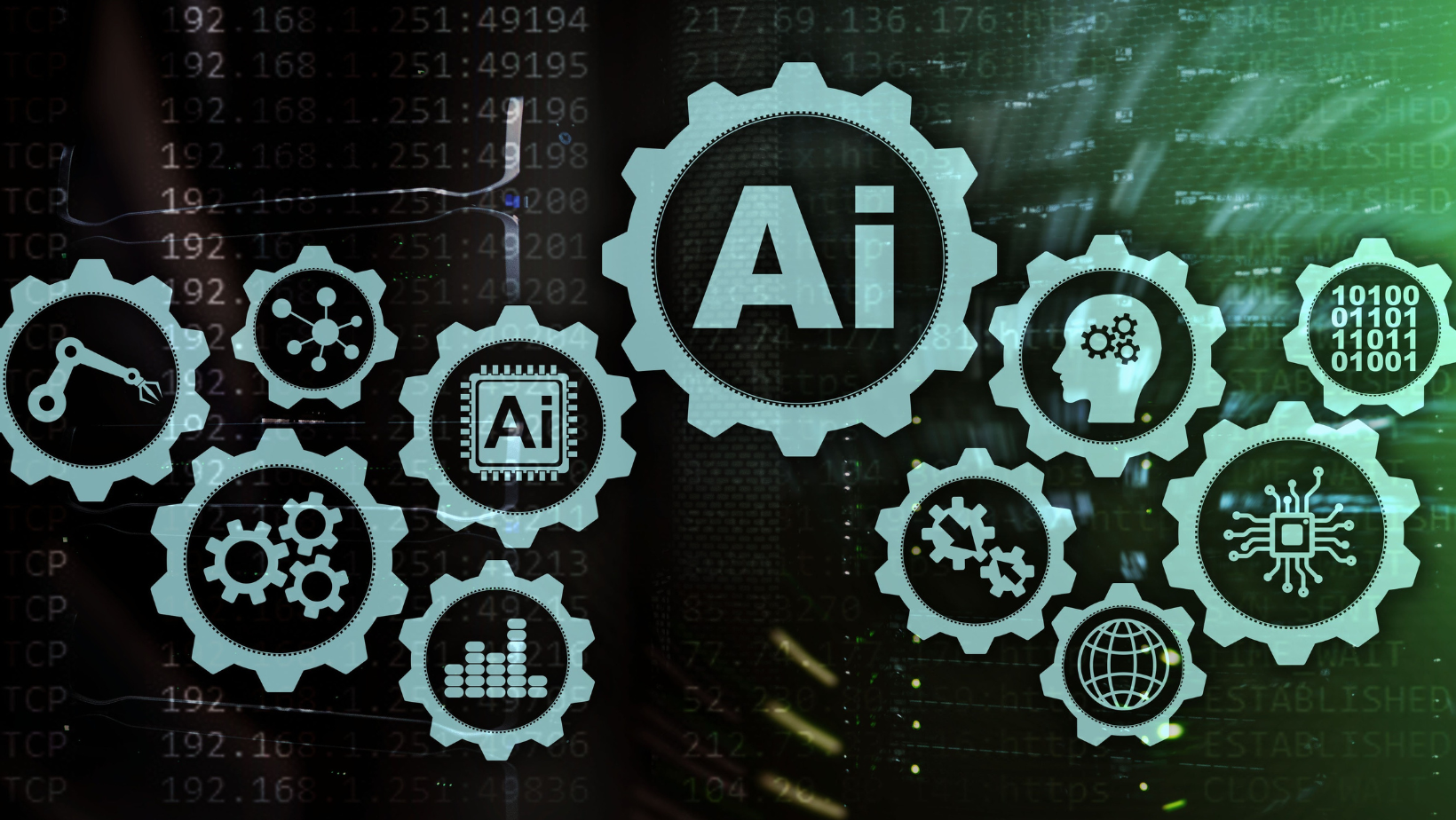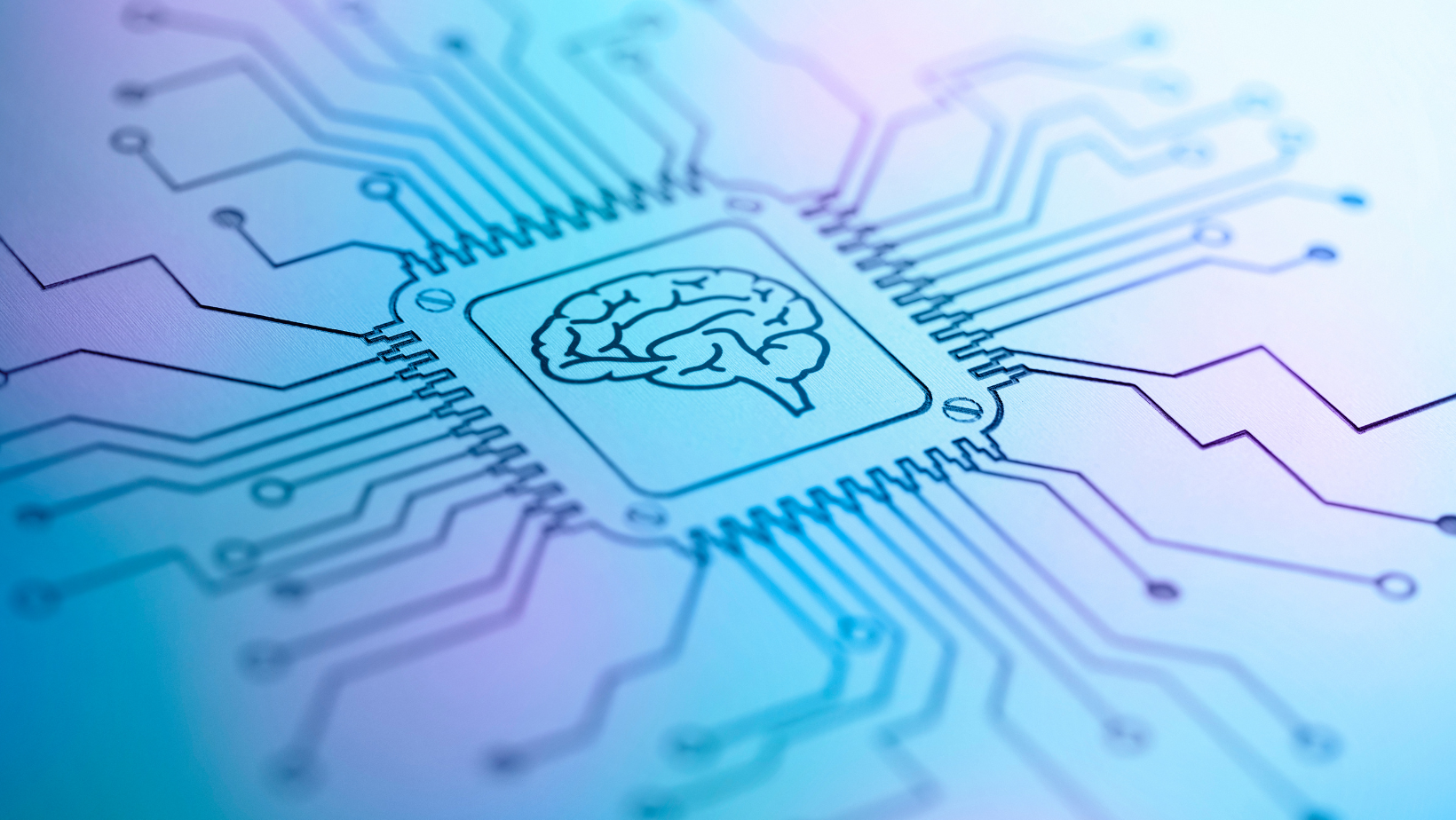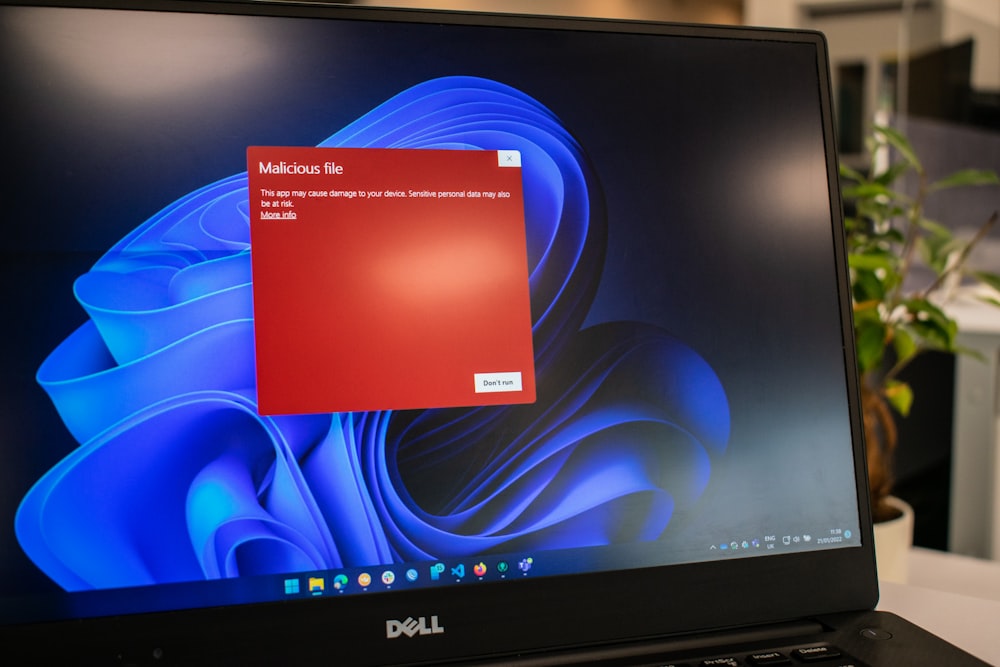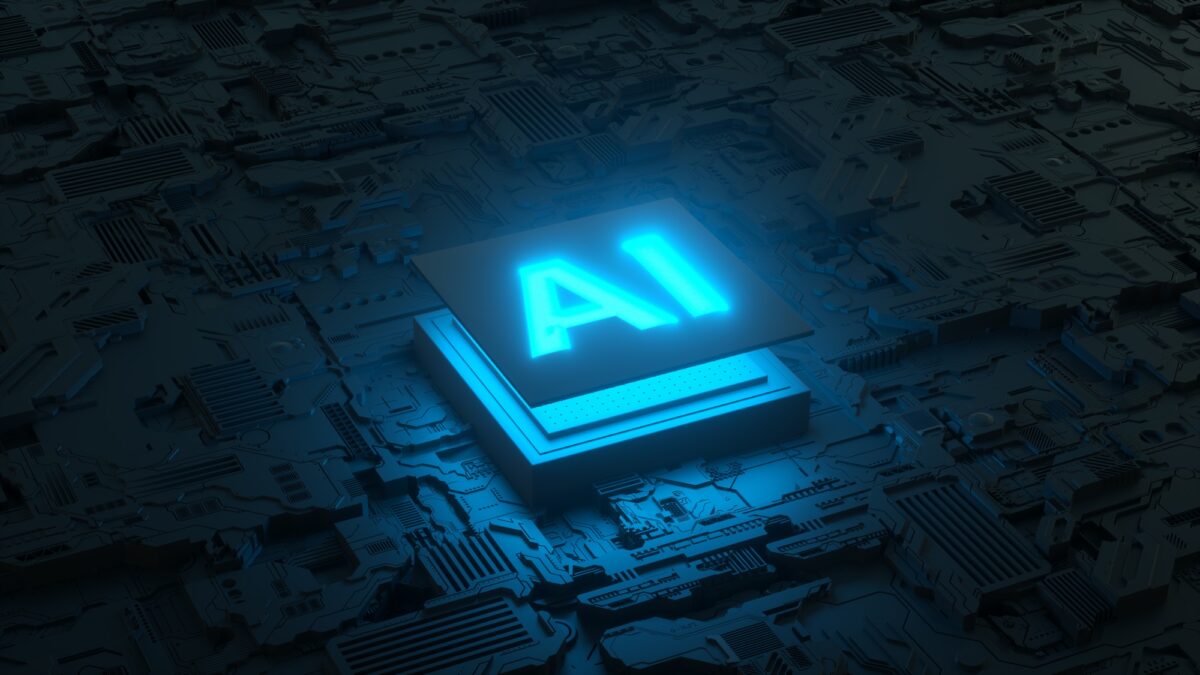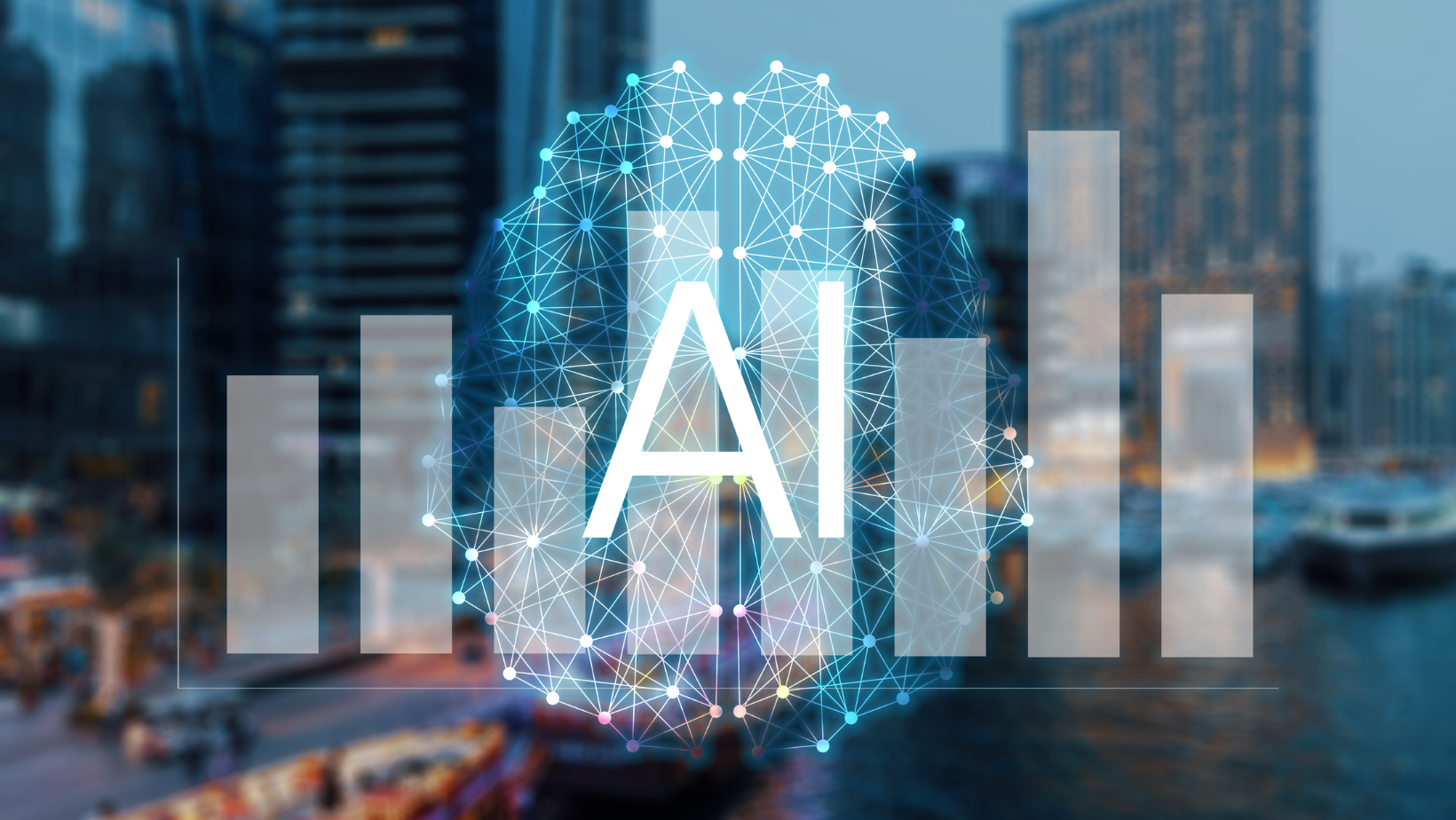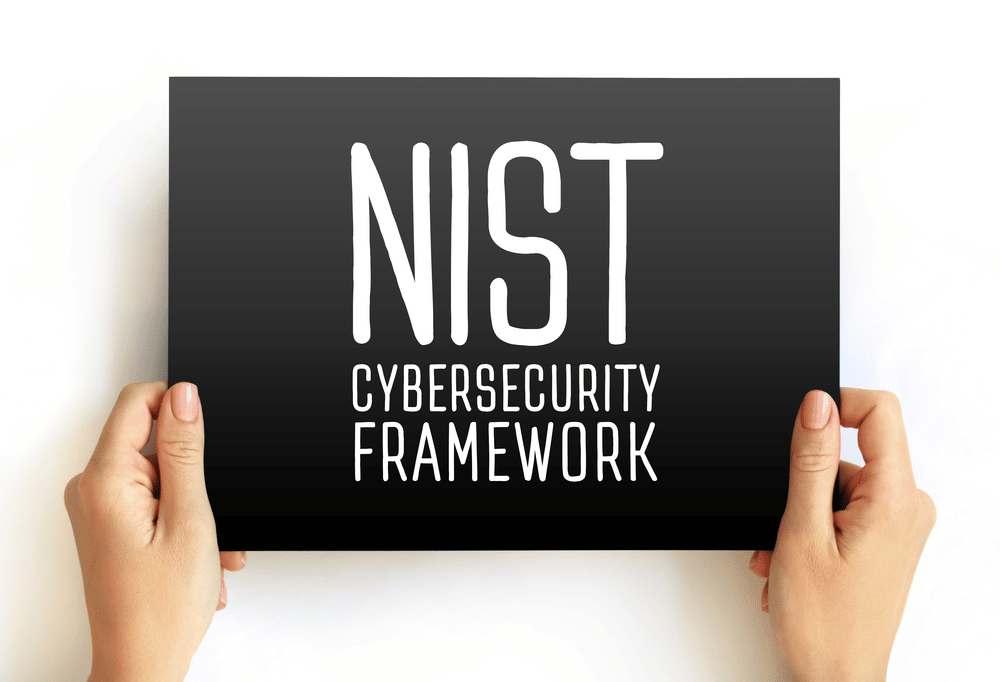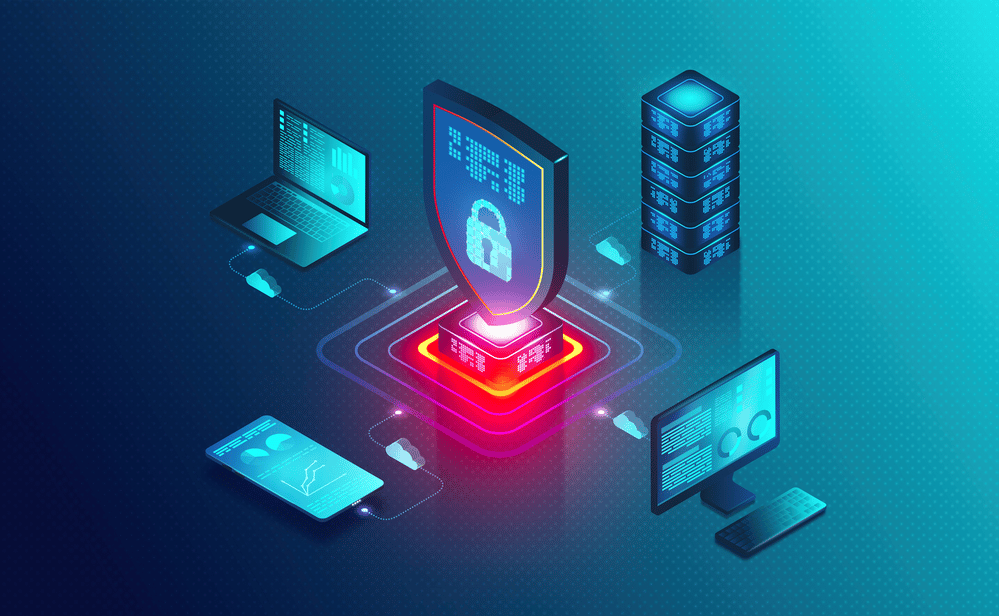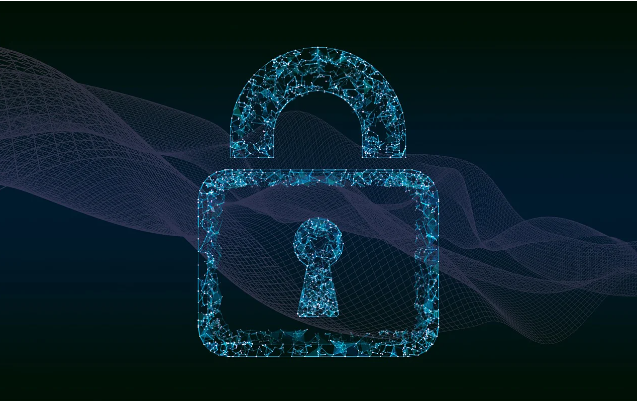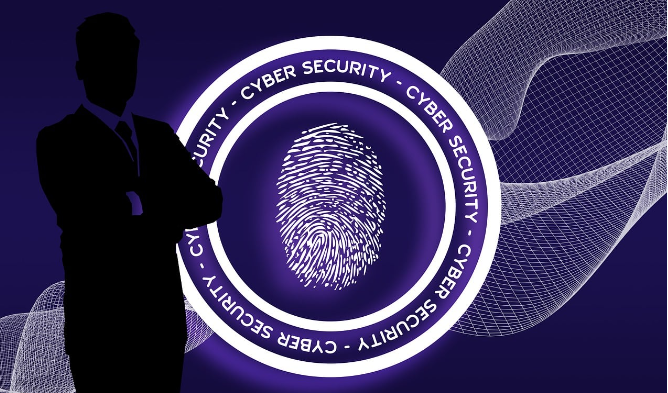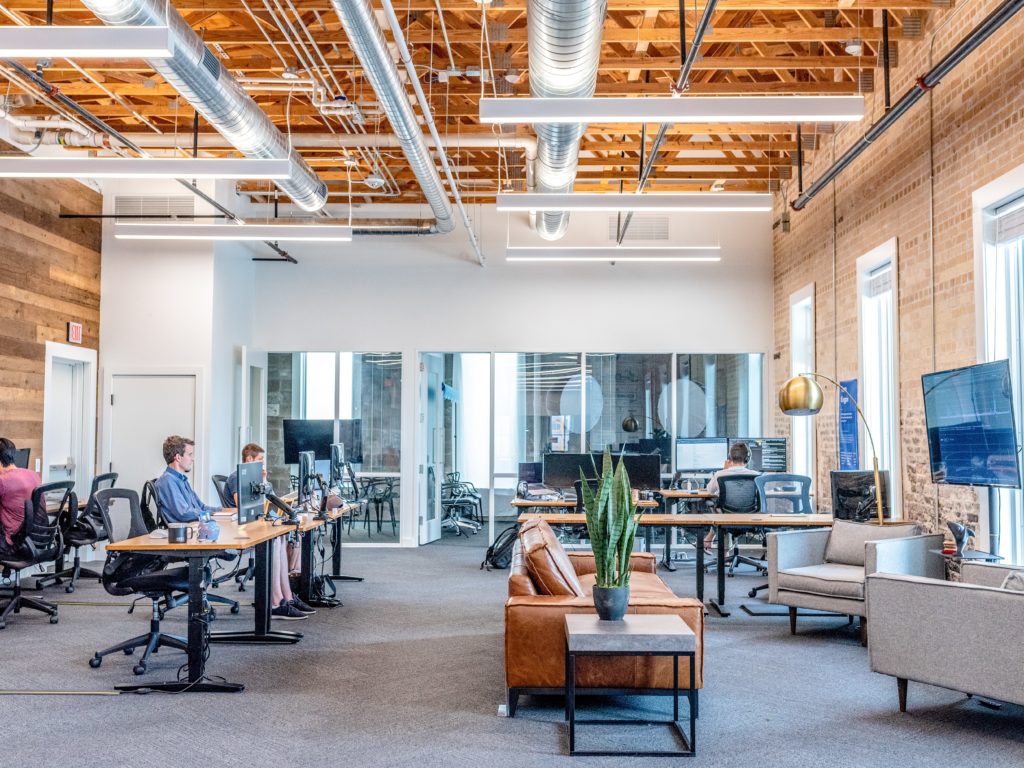What Is the Most Common Cyber Attack on Small Businesses?
In an era where commerce and conversation have transitioned to the digital realm, small businesses face a complex new world fraught with cyber threats. No longer exclusive to colossal entities, cyber-attacks have become a daily battle for small businesses striving to safeguard their operations. Among many digital dangers, one particular threat looms and strikes more frequently, compromising sensitive data, extorting finances, and eroding customer trust.
But what is this prevalent menace, and why are small businesses so vulnerable to its crippling grasp? What measures can businesses implement to defend themselves against this malicious force? This article aims to comprehensively answer these questions and equip small business owners with valuable knowledge and resources to protect their enterprises. Continue reading to gain valuable insights!
The Cyber Threat Landscape
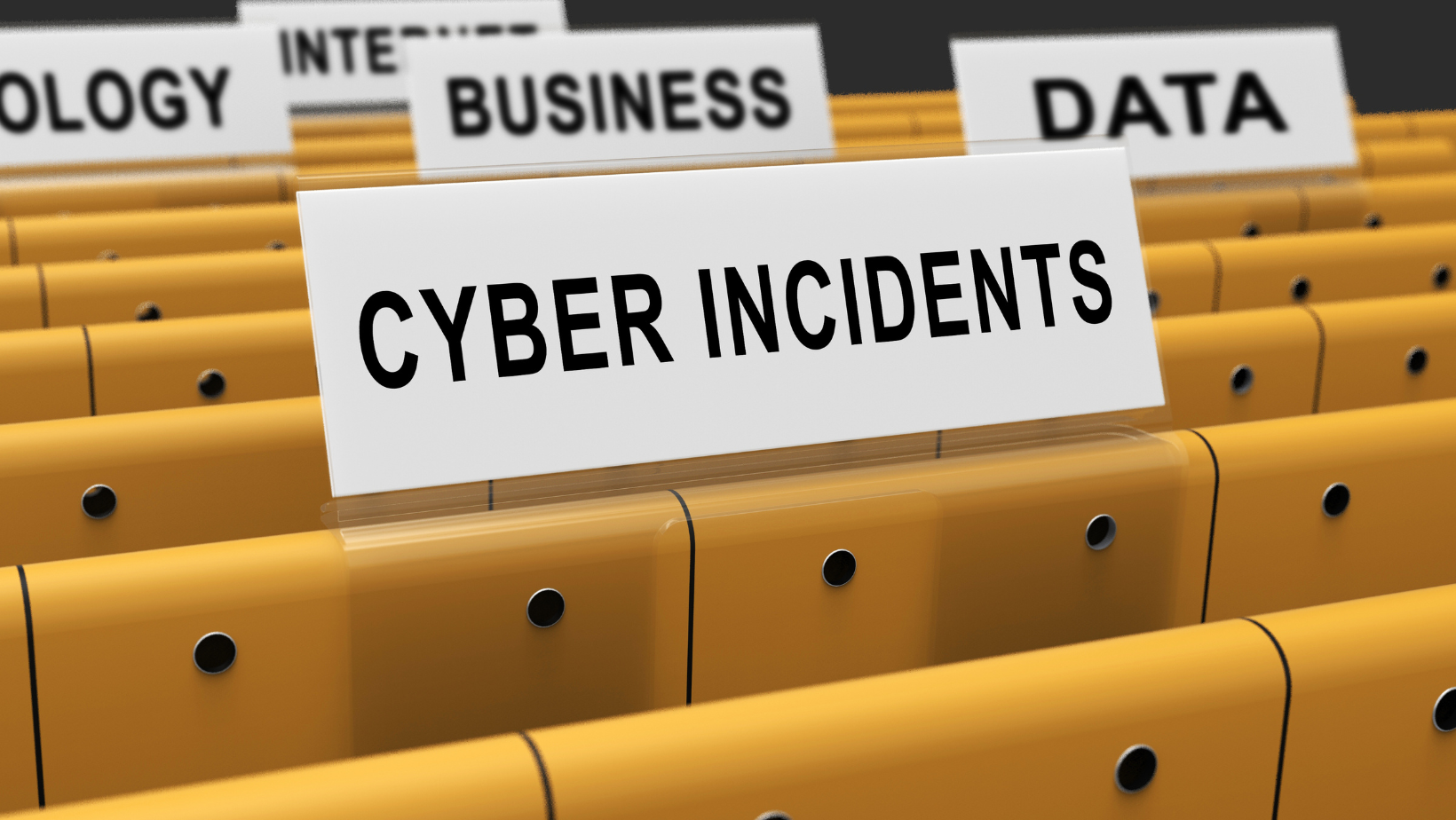
The cyber threat landscape for small businesses is vast and intimidating. According to the Verizon 2022 Data Breach Investigations Report, 43% of cyber attacks target small to medium-sized businesses. This disproportionate focus is due to the typically lower defenses in small enterprises, which make them attractive targets for cybercriminals. Common attacks include phishing, where fraudulent communications from reputable sources aim to collect sensitive data. Ransomware also poses a significant threat; attackers encrypt critical data and demand payment for its release.
In the first half of 2021, the U.S. Treasury’s Financial Crimes Enforcement Network identified $590 million in suspicious activity linked to ransomware. Additionally, malware infections can disrupt operations and lead to data breaches. These issues can be catastrophic. The National Cyber Security Alliance reports that 60% of small companies cannot sustain their businesses over six months following a brute force attack. Given this barrage of threats, small businesses must take proactive and robust cybersecurity measures. Elevating digital defenses to fortify against this ubiquitous and ever-evolving threat landscape is crucial.
Most Common Cyber Attacks on Small Businesses?
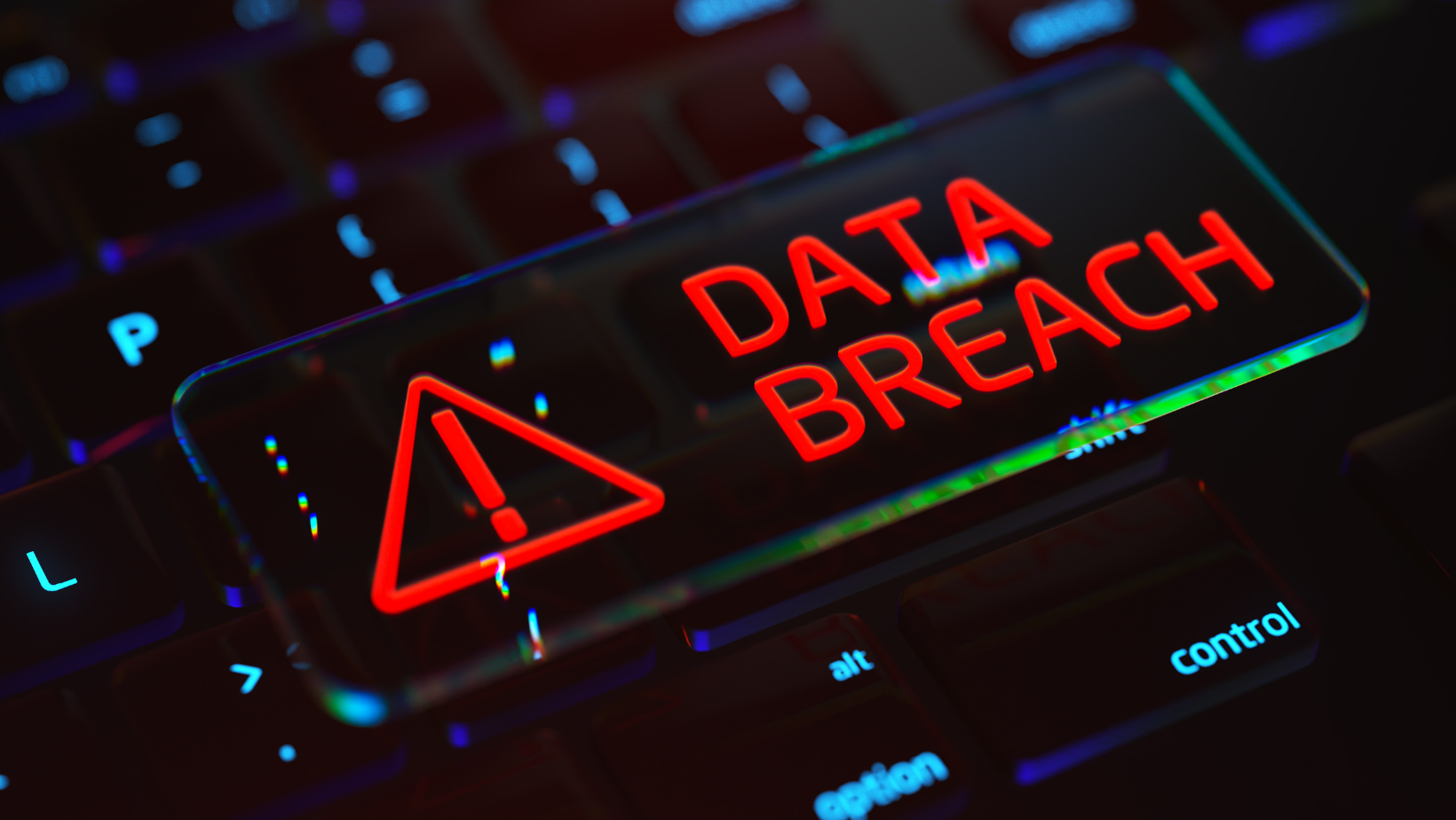
The most common cyber attacks small businesses encounter are multifaceted and continuously evolving, requiring constant vigilance. Below are some of the most prevalent types of cyber attacks small businesses face:
Phishing and Email Scams
As a small business owner, you are likely familiar with “phishing.” However, do you know just how prevalent and dangerous this type of cyber attack can be? Phishing attacks occur when hackers send fraudulent emails that appear to come from reputable sources, such as banks or government agencies. These emails often contain urgent or enticing language, prompting recipients to click on malicious links or attachments that can infect their devices with malware. For example, a phishing attack email might claim to be from your bank, warning you of suspicious activity on your account and urging you to click on a link to verify your login credentials.
However, this link leads to a fake website that collects your personal information, leaving you vulnerable to identity theft and financial fraud. Phishing attacks are widespread and can have devastating consequences for small businesses, so educating yourself and your employees about how to spot and avoid them is crucial. End users should be cautious of emails that request personal information or legitimate service requests that require urgent action, even if they appear to come from trusted sources. Regular cybersecurity training and implementing email filters can also be effective in mitigating the risk of spear phishing attacks on small businesses.
Ransomware
Ransomware is malicious software that encrypts your data and holds it for ransom, demanding payment from the victim in exchange for its release. This cyber attack has become increasingly prevalent in recent years, affecting businesses of all sizes and industries. One notable example is the 2017 WannaCry attack that targeted thousands of organizations worldwide, including small businesses and hospitals, causing widespread disruption. The attack encrypted critical data files and demanded a ransom of $300 in Bitcoin for their release.
While many large organizations have backups or the means to pay the ransom, smaller businesses often lack these resources, making them more susceptible to losing valuable data or suffering financial losses. The consequences of a successful ransomware attack can be devastating for small businesses, making it crucial to protect against this threat proactively. Implementing data backups and regularly updating software can help mitigate the risk of ransomware attacks. Additionally, investing in cybersecurity insurance can provide financial protection in case of a DDOS attack.
Malware
Malware, short for ‘malicious software,’ refers to any program or file that is intentionally created to cause harm to a computer, network, client, or server. Imagine yourself as a small business owner. You innocently click on a seemingly harmless link or download what appears to be an important update. Suddenly, your screen freezes, and before you know it, your computer systems are compromised with SQL injection attacks that can spy on your transactions, steal customer information, disrupt your services, or even exploit your business’s computing power for malicious purposes.
For example, Trojan Horse, a type of malware disguised as legitimate software, can provide cybercriminals with a backdoor into your system, granting them unrestricted access to your business’s most sensitive data. Malware can infiltrate your system through various channels, such as downloaded software, compromised websites, or infected email attachments. The covert nature of these programs makes them particularly dangerous, as they can operate undetected for long periods, causing significant and irreversible damage. Implementing antivirus and anti-malware software and regularly scanning your system can help prevent malware attacks on small businesses.
Denial-of-Service (DoS) Attacks
Denial-of-Service (DoS) and Distributed Denial-of-Service (DDoS) attacks have become notorious for their ability to overwhelm the victim’s systems with a flood of traffic. These assaults aim to render a website or online service inoperable, effectively denying service to legitimate users. Small businesses may struggle to mitigate such attacks due to limited cybersecurity resources.
For instance, an attacker might target a small online retailer during a peak shopping period, not only causing immediate loss of sales but also damaging the retailer’s reputation for reliability. To guard against these attacks, businesses can implement network security measures, such as firewalls and intrusion detection systems, and develop an incident response plan to restore services quickly during an SQL injection attack.
Man-in-the-Middle (MitM) Attacks
Man-in-the-middle (MitM) attacks are cyber-attacks where the attacker intercepts and manipulates communication between two parties without either party being aware. This allows the attacker to eavesdrop on sensitive information, such as login credentials or financial transactions, and potentially alter or sabotage the communication. As a small business owner, you may think communicating with third-party vendors or clients is secure, but MitM attacks can compromise this trust.
For example, an attacker could use a Wi-Fi hotspot at a coffee shop to intercept your data while you are conducting business on your laptop, giving them access to valuable information and potentially causing financial harm to your business. To protect against MitM attacks, businesses should implement encryption protocols for communication and avoid using public Wi-Fi for sensitive tasks. Regular security audits can also help identify and prevent potential vulnerabilities in the system that MitM attackers could exploit. As a small business owner, staying vigilant and taking proactive measures to protect your business from these cyber threats is essential.
Social Engineering
Social engineering is a manipulation technique cybercriminals use to trick individuals into divulging sensitive information or performing actions that compromise security. These attacks rely on human psychology and exploit people’s trust, fear, and other emotions to gain access to systems or data. You may think your employees would never fall for such tactics as a small business owner, but social engineering attacks can be highly deceptive and convincing.
For instance, an attacker might impersonate a trusted source, such as a bank representative or IT support, to request login credentials or other sensitive information. Alternatively, they may use social media platforms to gather personal information about employees and use it to gain access to the business’s systems. Training employees to recognize and respond to social engineering tactics, such as phishing emails and phone scams, can help prevent these attacks. It is crucial to establish strict protocols for sharing sensitive information within the company and regularly review and update them to avoid potential social engineering threats.
Vulnerabilities Faced By Small Businesses

Small businesses may face additional vulnerabilities that make them attractive targets for cyber attacks. Here are some common vulnerabilities that small businesses must address to protect their systems and data:
Lack of Cybersecurity Policies
Small businesses often lack the proper cybersecurity policies to protect their systems and data from potential password attacks. Without clear guidelines, employees may not know how to handle sensitive information, leaving them vulnerable to social engineering tactics or inadvertently causing a data breach. For example, if you run a small accounting firm and have multiple employees handling clients’ financial information on different devices.
In that case, it is crucial to establish a strict policy on how and where this information can be accessed and shared to prevent hackers who steal data using brute force attacks. Cybersecurity policies should also include guidelines for employee training, incident response plans, and regular security audits to ensure the company’s overall security posture. By implementing comprehensive cybersecurity policies, small businesses can mitigate potential vulnerabilities and reduce the risk of XSS attacks.
Outdated Software
Running on outdated software can open the door to a litany of security vulnerabilities, particularly for small businesses that may not have continuous access to an IT support team. Neglecting to update your software can provide cybercriminals with easy access to your systems through security loopholes that have since been patched in newer versions. If you’re running a local boutique that relies on a point-of-sale (POS) system to process customer transactions.
If your software is outdated, a known vulnerability might allow a hacker to infiltrate your network and siphon off customer credit card information, leading to a devastating loss of customer trust and potentially ruinous financial penalties. Therefore, it’s not just advisable but imperative to ensure that all of your software, from application suites to operating systems, is updated with the latest security patches. Regularly scheduled updates and a robust cybersecurity strategy can fortify your business against such exploits.
Inadequate Password Protection
Inadequate password protection poses a significant vulnerability for small businesses. Weak or reused passwords can be easily compromised, granting unauthorized access to sensitive business systems. Many breaches occur due to passwords that are either too simplistic, widely used across multiple accounts, or unchanged for extended periods. For instance, insider threats can effortlessly breach these accounts if employees utilize default or easily guessable passwords, such as “password123,” for their workstations or business applications.
To enhance security, small businesses should enforce robust password policies. These policies should require complex combinations of letters, numbers, and symbols. Additionally, implementing multi-factor authentication adds an extra layer of defense. Regular password changes should be encouraged, and password management tools to securely store and generate strong, unique passwords for each account are highly recommended.
Unsecured Remote Access
Unsecured remote access constitutes a significant vulnerability for small businesses, especially with the rise of remote work environments. When remote access to a business’s network is not properly secured, it can be a gateway for cybercriminals to enter and exploit the system. For instance, a small marketing firm with employees from different locations may use malicious code protocols to access company network resources.
Without proper security measures, such as VPNs with strong encryption or secure tunneling protocols, cross-site scripting attackers could intercept the firm’s data. Implementing stringent security measures for remote login procedures and educating staff on the dangers of unsecured remote connections are crucial to safeguarding a business’s digital assets.
Outdated or Misconfigured Firewalls
Outdated or misconfigured firewalls pose a significant risk to small businesses. A firewall is the first defense against external threats, but its effectiveness diminishes if it’s not regularly updated or properly configured. For instance, consider a small legal practice that installs a firewall to safeguard its network, housing sensitive case files and client information.
Their network becomes vulnerable to unauthorized access and potential data breaches without appropriate configuration to manage permitted traffic types or close unused ports. To enhance network security, it is crucial to regularly review firewall rules, ensure the latest firmware updates, and engage a professional to configure these settings. This is an essential step in fortifying the network security of small businesses.
Lack of Employee Training and Awareness
Employees can unknowingly become the weakest link in a small business’s cybersecurity efforts. Without adequate training or awareness of cyber threats, they may unknowingly fall prey to social engineering tactics that compromise company data. For example, employees could receive an email posing as a trusted source requesting sensitive computer system information, such as login credentials, which cybercriminals can use to gain unauthorized access.
Small businesses should invest in regular employee training and awareness programs to educate staff about potential threats, how to identify them, and proper protocols for handling sensitive information. Implementation of simulated phishing exercises can also help employees recognize and avoid fraudulent emails. Small businesses can significantly reduce the risk of successful eavesdropping attacks by equipping employees with the necessary knowledge and skills.
Attack on Third-Party Vendors
Third-party vendors often provide essential services to small businesses but can also introduce new vulnerabilities if their cybersecurity measures are not stringent. A vendor’s exploit vulnerabilities can serve as a conduit through which cybercriminals can access a business’s sensitive data. For example, a small business might outsource its payroll processing to an external company; if that company suffers a data breach, employees’ personal information could be exposed, leading to serious privacy violations and potential financial loss.
Small businesses must conduct thorough security assessments of their vendors and stipulate cybersecurity requirements in their service agreements to protect themselves. Ensuring that third-party vendors have robust security policies and practices in place, such as regular audits and compliance with industry-standard cybersecurity frameworks, is imperative. Additionally, businesses should have an incident response plan that includes protocols for addressing breaches from third-party vendors.
Conclusion
Small businesses face a multifaceted cybersecurity landscape that requires vigilant and comprehensive strategies. From ensuring up-to-date systems and software to enforcing strong password policies and securing remote access, each step is critical in protecting valuable data and resources. Furthermore, the importance of employee education and the need to thoroughly vet third-party vendors cannot be overstated. By recognizing and addressing these common vulnerabilities, small businesses can fortify their defenses and establish a resilient cybersecurity posture that safeguards their business operations, reputation, and the trust of their clients.



